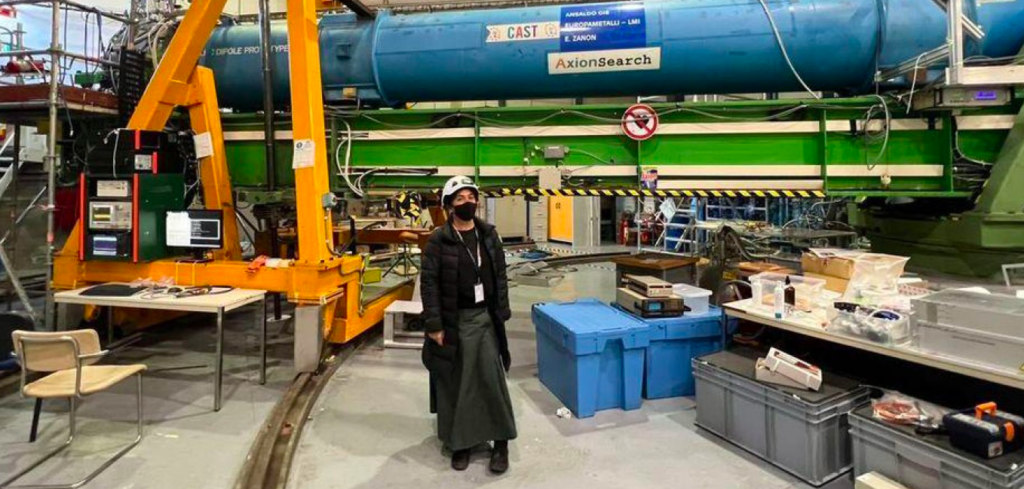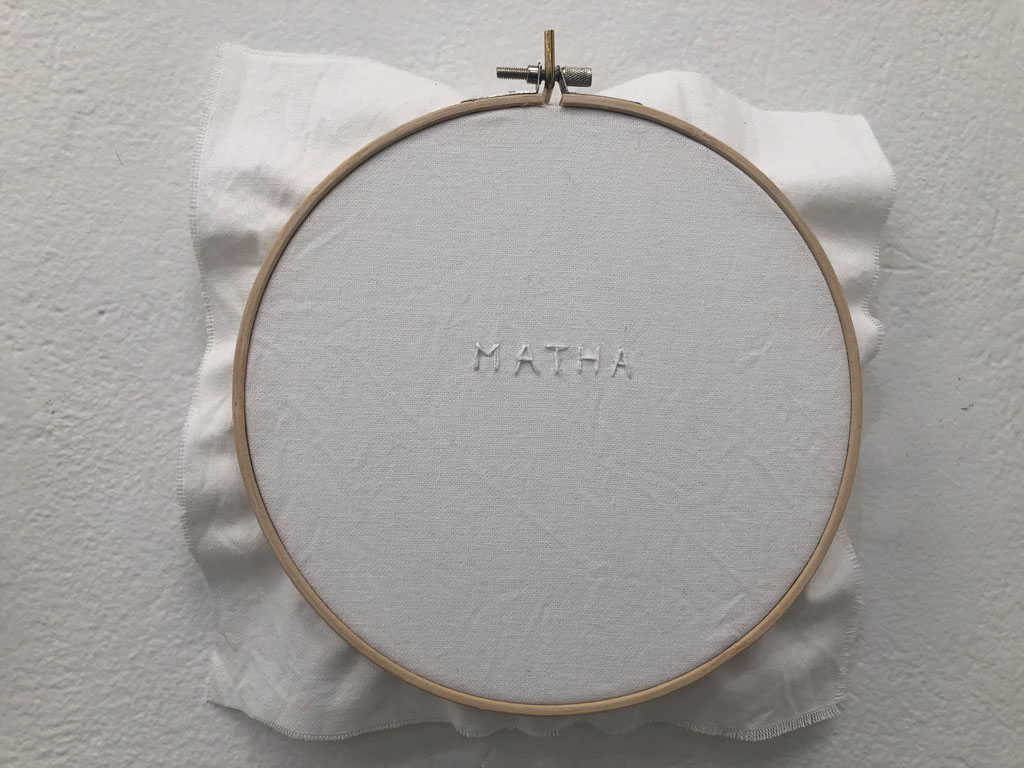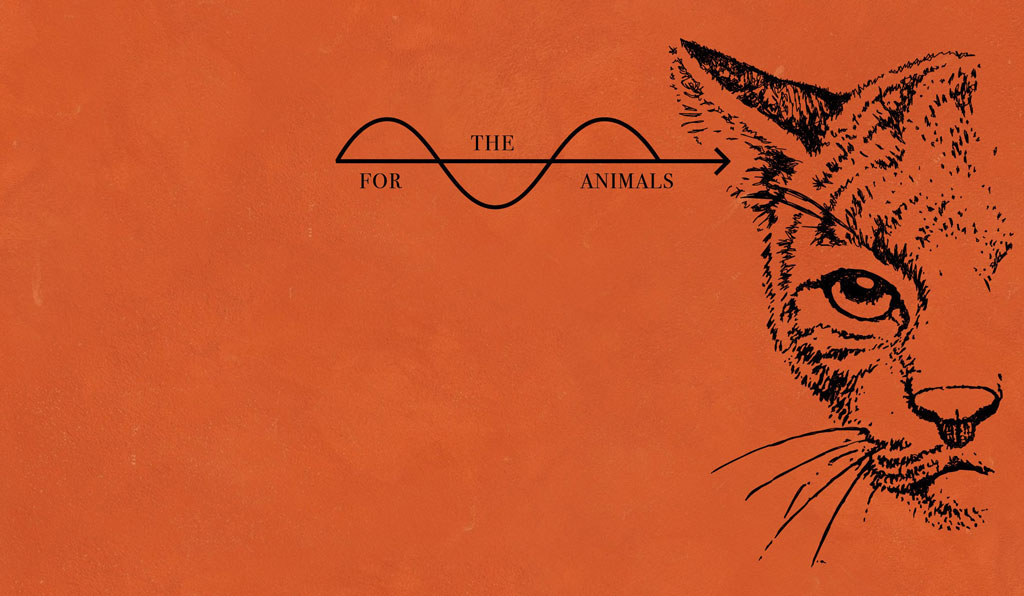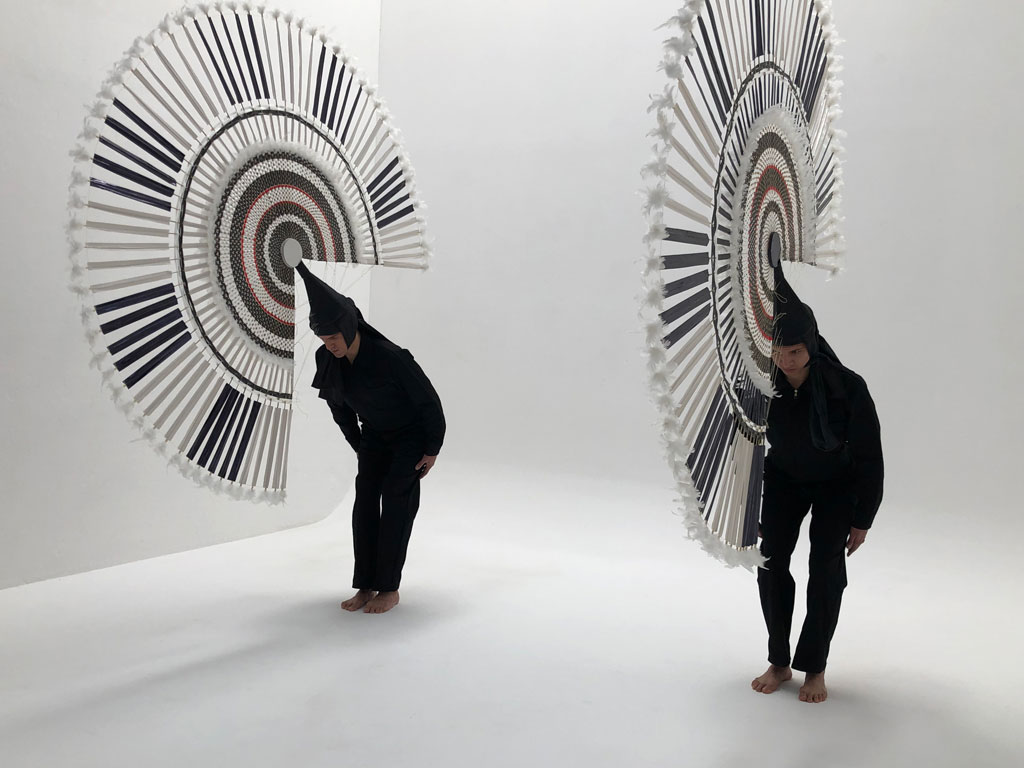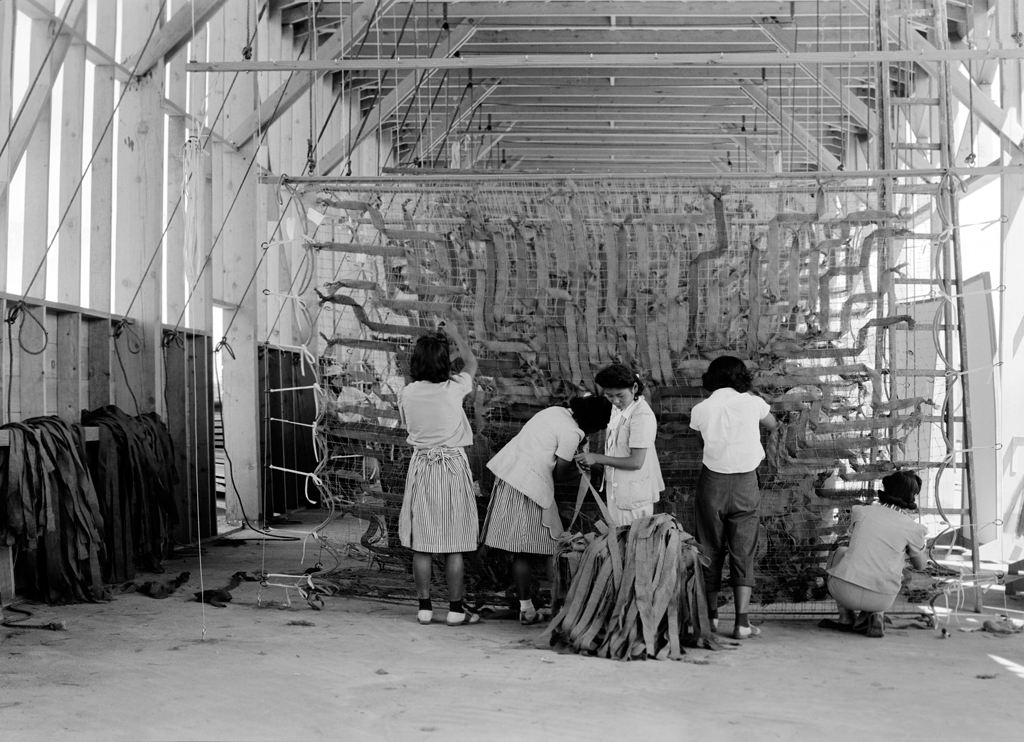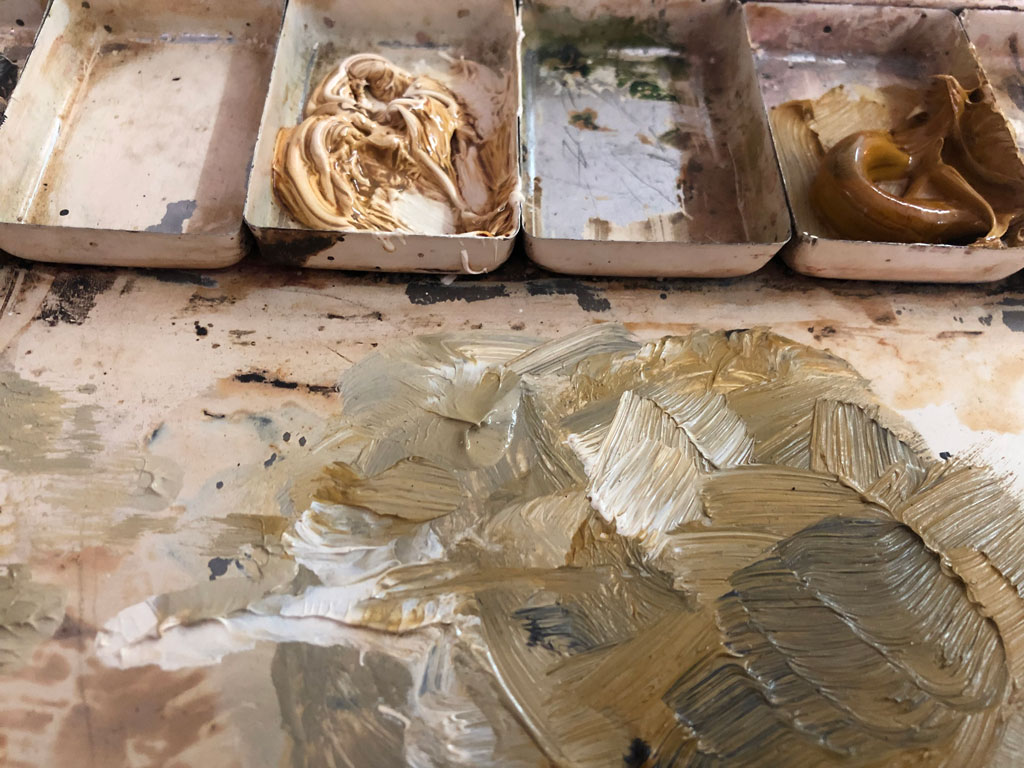BLOG
August 18, 2022
Tania Candiani starts her research stay at CERN as part of the Guest Artists programme, aiming to interweave the narrative of quantum physics and ancestral Indigenous knowledge.
July 27, 2020
Nombrar el agua, an installation of embroidery hoops and single-channel video with sound, in which words in different native languages of Mexico are embroidered by hand to name the water. This piece is based on a legend of a community in the Huasteca mountains that once a year spends the night naming all the things that exist so that at dawn they continue to exist. Name as an act of resistance.
March 16, 2020
ASU Art Museum is presenting a site-specific installation that incorporates sound, land, and animals as a way to raise awareness about risks facing endangered species living in the Sonoran Desert. Tania Candiani worked with electronic musicians to create experimental sound scores conceived as lullabies for these indigenous animals. The exhibit includes videos, sculptural sounds works, and other objects.
March 16, 2020
Reverencia (Reverencia). Penachos Series es una instalación compuesta por un tocado tradicional mexicano, una coreografía, una acción grabada en video y activaciones en vivo que resignifican una danza tradicional llamada Danza de Los Quetzales.
Reverencia propone una reinterpretación del significado simbólico de los movimientos de la Danza de Los Quetzales, así como una traducción de los elementos simbólicos del “Penacho”.
March 6, 2020
Inspired by the images of the photographer Dorothea Lange, Making camouflage nets for the War Department (1942), Tania Candiani recreated the forced labor of Japanese Americans imprisoned in the concentration camps in Manzanar and the Santa Anita Assembly Center in California, during the Second World War.
February 4, 2020
Cromática (Chromatic) is a project that consists of a series of works that start from the idea of the synesthesia to establish different relationships and organizational models of sensory associations. The rescue of traditions is a great vehicle for the preservation of memory, and therefore the Ancestral crafts such as textiles or ceramics are present in the project
January 13, 2020
This work recreates the color palette that would have been used in the pictorial representation of some of the most significant changes suffered from the 14th century to our days, at coordinates 19 ° 26’07.0 “N 99 ° 07’55.2” W, place where Seminario 12 is located, taking as a point of view the main door opening and considering the specific palette of the restorer.
